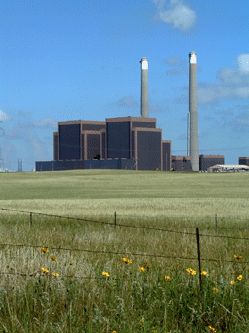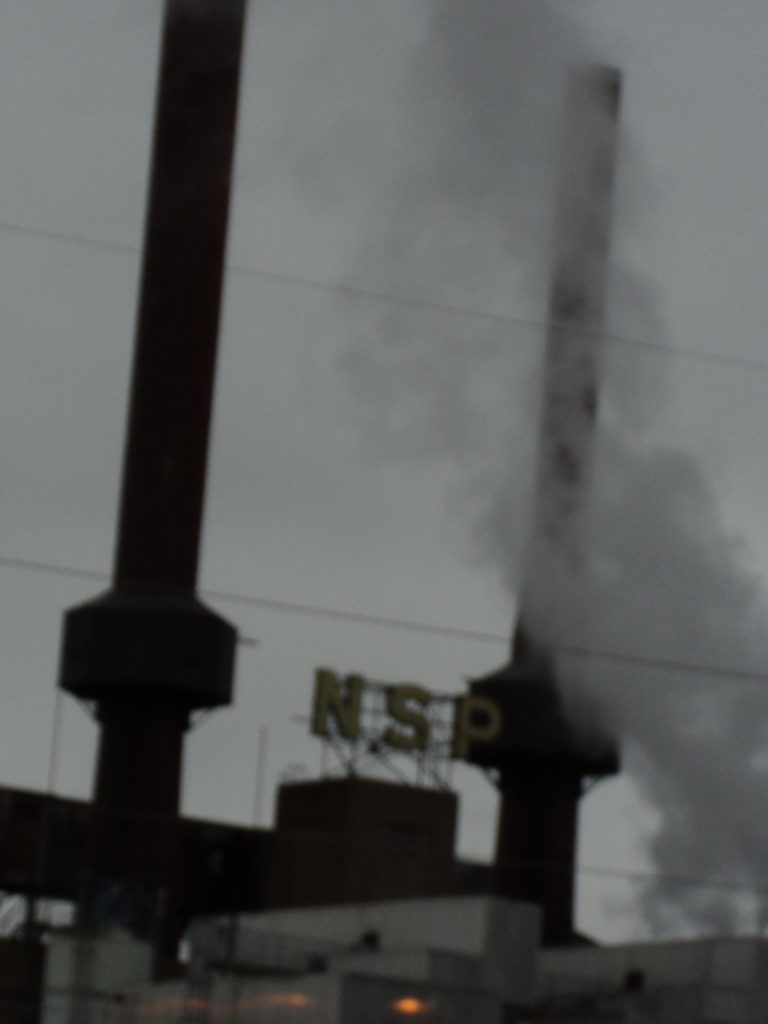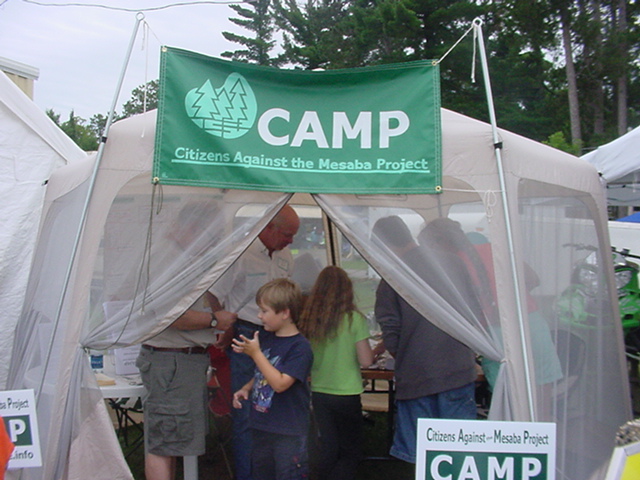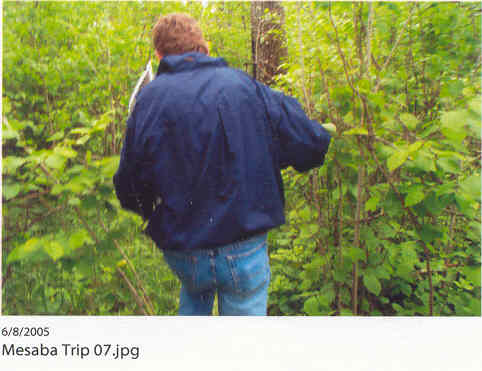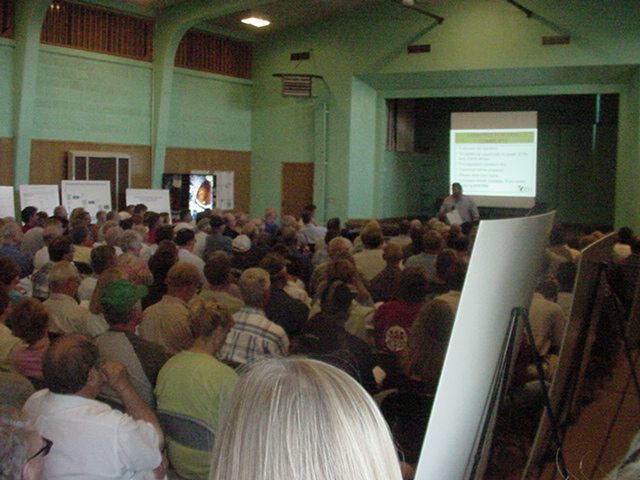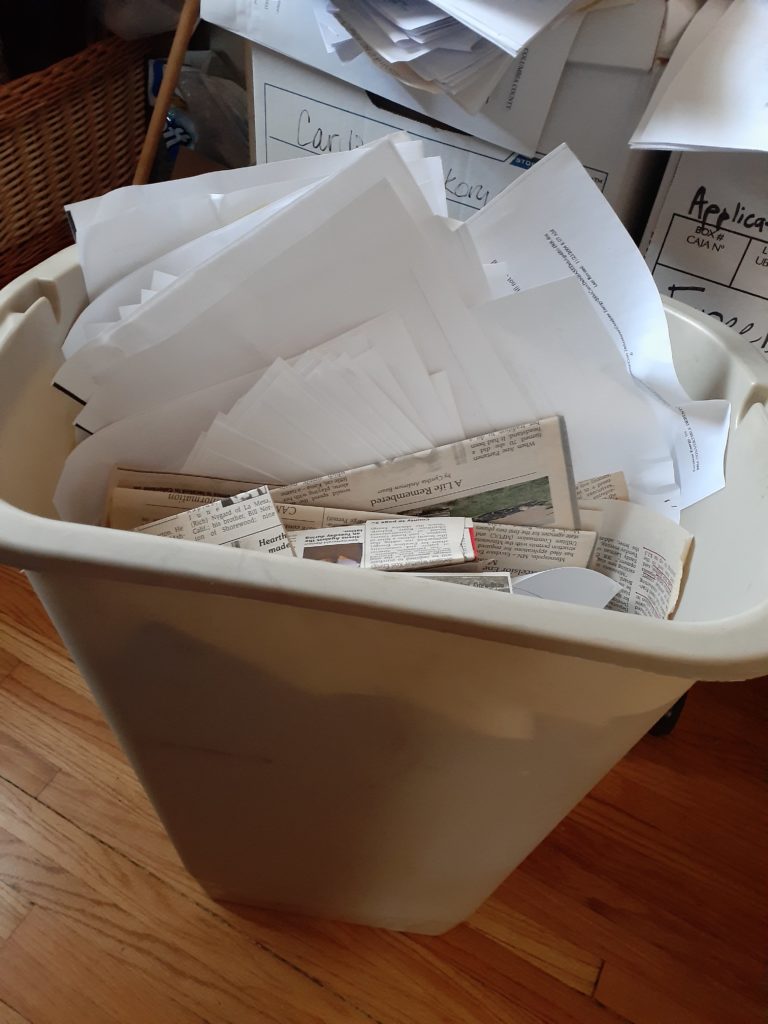City of Red Wing 2023 Budget
October 26th, 2022
It’s that time of year again…
Lots to review, the budget is no small thing! This is the City’s Budget page, which will be updated before and after meetings:
2023 Budget Planning
From the August 29, 2022 meeting, primary docs:
Purpose of the August 29, 2022, City Council Budget Workshop
The purpose of the budget workshop is to further discuss the 2023 levy and review Special Revenue funds.
Other primary documents for consideration:
Drought – and water needs of power plants
October 26th, 2022
Seeing so many drought posts, photos of the Mississippi River at such low levels, looking at the Elephant Butte reservoir and the Rio Grande, drought affecting bird migration through California, essentially drought throughout much of U.S., particularly east of the Mississippi:
… and as I was deleting files, cleaning up computer as I clean up hard copy boxes and boxes of old files (i.e., the Mesaba Project, glad to be putting that one away), I found a report on water needs of power plants, it’s old, but I’d guess relevant, eh?
Here’s the 2011 update:
2011 Update: Estimating Freshwater Needs to Meet Future Thermoelectric Generation Requirements
Interesting that a search doesn’t turn up anything newer!!! Another from 2011:
A Review of Operational Water Consumption and Withdrawal Factors for Electricity Generating Technologies
There is this, so July 2022, must need other search terms???
NETL Co-Develops New Model for Sustainable Freshwater Use by Power Plants
When boats are having a hard time getting around on the Mississippi River, what does this mean for all the power plants dependent on the Mississippi for their water supply? Even our lovely garbage burner here on the river, not to mention Prairie Island Nuclear Generating Plant!
It was 20 years ago today…
October 22nd, 2022
EXCELSIOR ENERGY’S MESABA PROJECT
PARTIAL DOCUMENT REPOSITORY
Well, a bit more than 20 years ago… January 15, 2002, just after the start of the legislative session, I was at an energy committee meeting, Senate? House? I think Senate was first, then heard again at House, and the following year they got their legislation through as a part of the 2003 Prairie Island bill.
- The Excelsior Energy link I’m using is compliments of waybackmachine. Note that now, if you plug in “excelsiorenergy.com” it becomes “excelsiorcapital.com (Excelsior Energy Capital).” essentially at a marina at 21960 Minnetonka Blvd.! Related?
Anyway, there was a presentation back in 2002 about the greatest thing since sliced bread (NOT!), a coal gasification project proposed for “somewhere” on the Range. Here’s what they presented:
Note the parts about “brownfield” and “existing infrastructure.” LIES, it’s that simple. Here’s what their site looked like, this was at the DOE and locals site visit in 2005:
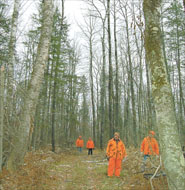
Starting in 2005, I was representing “mncoalgasplant,” landowners and residents near the proposed project, joined in tandem by Citizens Against the Mesaba Project (CAMP) (site circa 2013 with live links, thanks waybackmachine!). We had such active folks, every hearing was PACKED, and eventually the project faded, never formally declared dead, but piece by piece, it went away.
HOWEVER, Excelsior Energy did manage to get an save passed by the legislature for a natural gas plant:
Week before last, I picked up files from a cohort who shall remain unnamed, and am scanning in boxes of files, to post here, and recycle hard copies for biomass (UGH, but that’s what Red Wing does. Thanks, Xcel Energy!). I’ll be posting them, some interesting stuff if you’re into energy and political and capital intrigue, some purely inside baseball that no one will care about.
MONEY TRACKING – Spreadsheets and invoices to IRRB for reimbursement
Various Contractor Invoices (some redacted)
What a pain in the patoot that was — TWO ENTIRE WASTEBASKET OF SCANNING!
Annual PPSA Hearing – November 9!
October 22nd, 2022
Just got notice of the Minnesota Public Utilities Commission‘s Power Plant Siting Act annual hearing:
This happens every year, and it’s important to spread the word around. One change that is very good is that the Commission is doing a good job of serving notice of the hearing — there are ~ 128 pages of recipients of this notice! GOOD! Love the interwebs, makes it so easy to let people know what’s happening.
The “Power Plant” aspect is very broad, this includes not just “power plants,” but transmission lines, wind projects, and solar too. This is the opportunity to tell the Public Utilities Commission, and the state generally, what works and what doesn’t work about the procedures for siting electric utility infrastructure, ideally based on your experience.
One positive aspect of COVID is that hearings are now held in “hybrid” format, both in person and online via Webex:
It is best if using Webex (http://mn.gov/puc/about-us/calendar/ and click on “November 9, 2022” to get to “webcast”) to have video on your computer and to use the phone for audio, whether listening or making comments — that’s the best way to avoid feedback (using headphones helps too). The webcast link usually goes live 10 minutes or so before the hearing starts.
What to comment about? If you’ve had experience with a Public Utilities Commission siting docket, if there were issues that made it difficult to participate, things needing clarification, rules and/or procedures that need changing, this is a way to bring it to the Commission’s attention. Over the 27 years that I’ve been dealing with utility siting issues, oh, the horror stories I can and do tell. The system needs work, and siting infrastructure is a constantly evolving process, sometimes very good changes are made, and sometimes, no matter how much we petition (formally and informally), challenge, cajole, demand, they just won’t take responsibility, won’t do their jobs, and won’t even promulgate necessary rules.
A main point of holding this hearing, as above, is hearing from “the public.”
In addition to the public participation issues exposed in this report (about which not much, not enough, has been done), a few things that I’ll be bringing up, orally or in writing:
- The Office of Legislative Auditor investigated the Public Utilities Commission‘s practices, and this report had recommendations, most of which have not been addressed:
OLA-Report_PUC Public Participation 2020
- The Public Utilities Commission has not, in the decades I’ve been participating in the PPSA Annual Hearing, EVER brought up the PPSA for discussion and ACTION on issues raised.
- Wind siting “guidelines” were adopted via Commerce-EERA without public notice or opportunity for input: Large Wind Application Guide.2
- Notice has not been provided to landowners on transmission line routes where “alternate” routes are proposed, and sometimes landowners have not discovered their land may be affected until the public hearing, very late in the process.
- Power Plant Siting Act rule revisions, due after the 2005 Power Plant Siting Act legislative changes, have not been promulgated, despite a years long process, NINE YEARS, many committee meetings, and a lot of work by a lot of people. The Public Utilities Commission just dropped it… no action… sigh… Minn. R. ch 7849 & 7850 Rulemaking? DEAD!
- Despite 2 rulemaking petitions to the Public Utilities Commission, there are no wind siting rules! The Commission refuses to promulgate wind siting rules, instead using Small Wind Standards:
There’s no end to the issues to raise.
In addition to the public hearing, comments may be submitted in writing:
Get to it! Register your experience with the Public Utilities Commission, and let them know what needs work.
Another CCS scam bites the dust
October 10th, 2022
Here’s a real DOH! which could have been avoided, but DOE through several administrations keep throwing good money after bad for carbon capture and storage pipedream:
The ill-fated Petra Nova CCS project: NRG Energy throws in the towel
NRG’s Petra Nova project $$$:
Short version? FAIL! From the article:
Following this FAIL, the understatement of the century, from the article:
Yet CCS is a big part of the latest federal energy efforts. It’s also a huge boondoggle for not just outfits like NRC, but for certain “non-profits” like Great Plains Institute:
And check out these salaries:
Great Plains Institute helped push coal gasification, for extreme amounts of money…
Great Plains Institute – is Joyce getting their $$ worth?
January 18th, 2007
… but that pales in comparison for the dollars for this recent round of “carbon capture” promotional funding. Unreal…
Once more with feeling — carbon capture is not real, is not workable, is a waste of $$ and effort.


